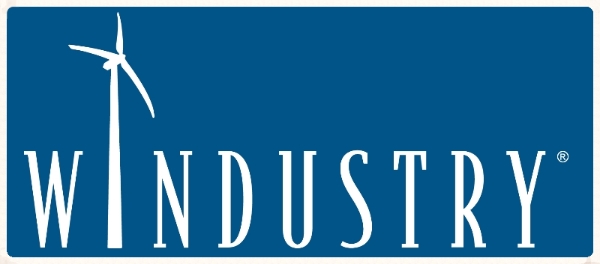Windustry founder and Midwest Wind Energy Center managing partner Lisa Daniels has been involved with community wind for many years. Here is here response to the Star Tribune story about MinWind filing for bankruptcy.
Read it on the Star Tribune site here.
Star Tribune
Letter to the editor/ Commentary
The Jan 7 article, Owners of two Minnesota wind farms file for bankruptcy court protectiondeserves further background clarification and correction in order to place MinWind’s predicament in proper context.
MinWind is the operations entity for a group of nine community wind projects in and near Luverne, Minnesota. The MinWind board is a group of local residents that designed a new business model for community wind. This is a big deal, since the vast majority of the wind projects in the US are owned by large multinational energy companies. Key goals of MinWind have been to diversify the economy of the community, keep more energy dollars local, and create new revenue streams that contribute to the economic development in the region.
Did they accomplish their goals? Yes, they did and more.
The MinWind folks were pioneers. Their projects were carefully designed, managed, and maintained. They have been an important voice for the agricultural and rural community for more than a dozen years. They participated in regional and national wind industry conferences to stay updated on wind issues and to share their inspiring story. They also partnered with Xcel energy on pilot projects with energy storage and communications.
MinWind projects have been the subject of several studies scrutinizing their economic performance. A report by the National Renewable Energy Laboratory in 2008 stated, “During the operating years, annual economic benefits are notably higher for locally owned wind projects than for [external] corporate ownership. The 100% local equity projects are observed to have an annual impact that is 164% greater than corporate-owned projects.” [1] A subsequent study echoes this message of economic strength: “…in the case of Minwind-style projects where the local equity share is quite high, economic development impacts are likely greater than in other ownership structures where the percentage of total project revenues that remain local is much less.”[2]
Yes, MinWind might have stumbled by not having a regulatory attorney on their team full time to file Federal Energy Regulatory Commission (FERC) reports that no one seemed to miss for the past 8 years. They had been regularly filing reports to the Federal Energy Information Agency (EIA) but did not receive any notification on the rule change and that additional reports were now required by FERC.
Core questions that are relevant to this case:
1) Why was this penalty so high for a report that no one missed and did not seem critical to utility operations? Have other communications and reports evolved that are more timely and useful?
2) If FERC has a guideline that it cannot impose a penalty that puts a company into bankruptcy, how can they impose this penalty now and put these projects at risk?
3) Whether FERC rules and regulations may need to be adjusted as more and more ordinary people own and operate distributed renewable energy projects including wind, solar, biomass, small hydro and others.
4) This rule was voluntary when the MinWind projects were built. Why was there no notification to all Qualifying Facilities when the rule changed to being mandatory? Are 2-MW projects the size where this report is required?
Submitted by:
Lisa Daniels
Executive Director and Founder of Windustry,
Managing Partner of Midwest Wind Energy Center
